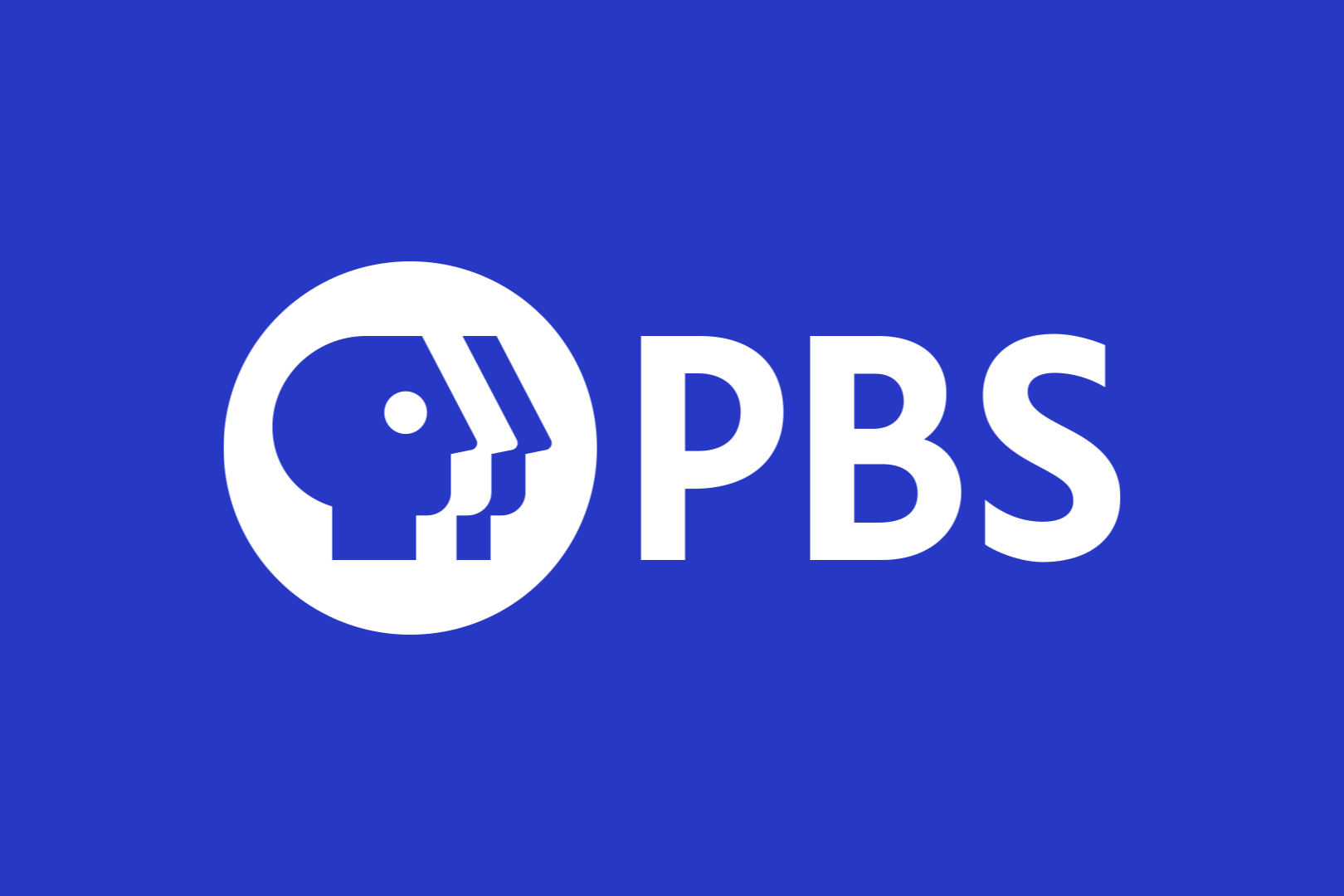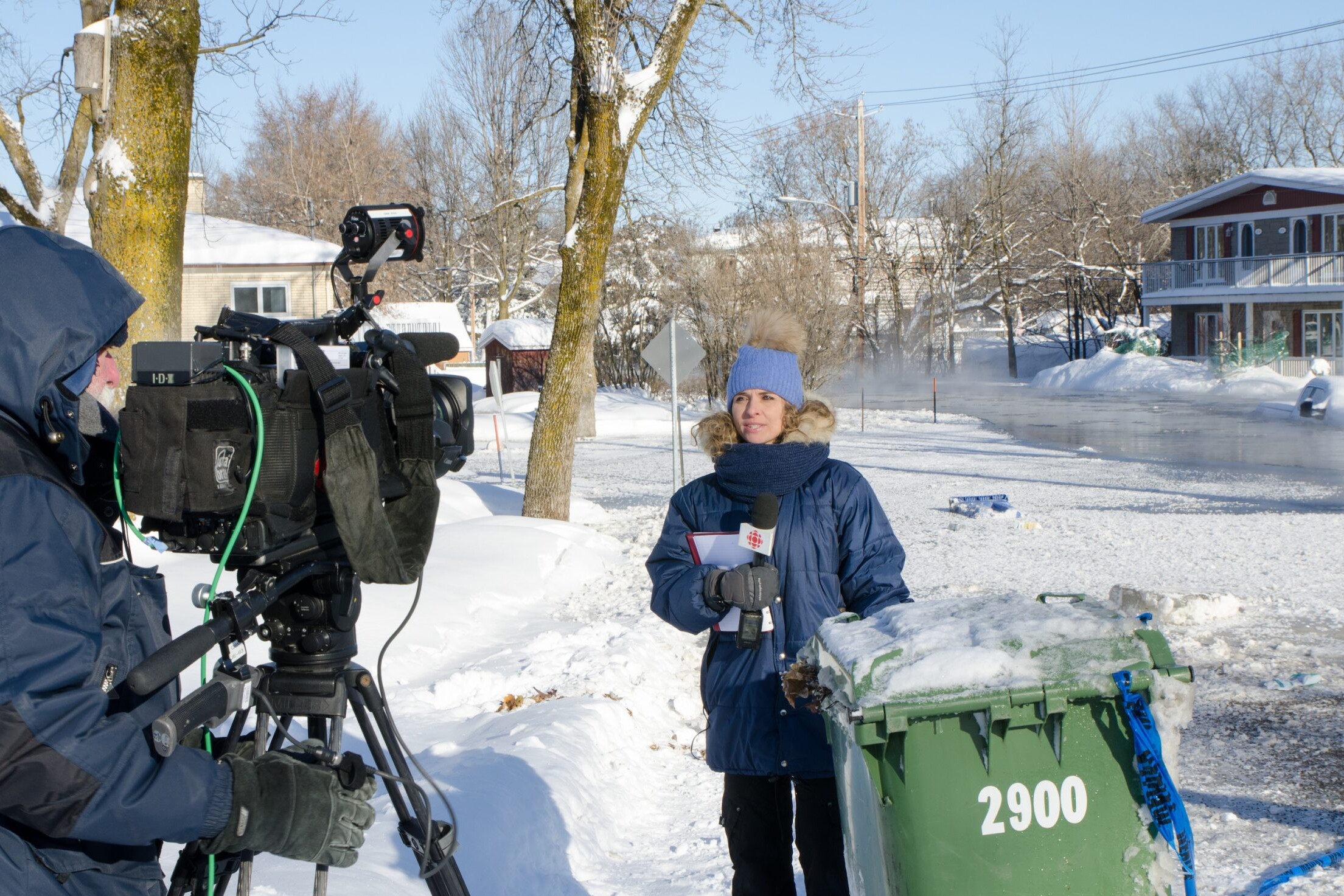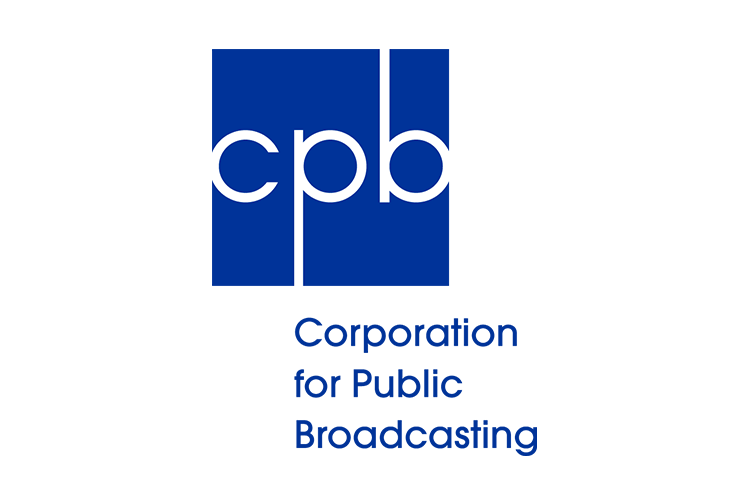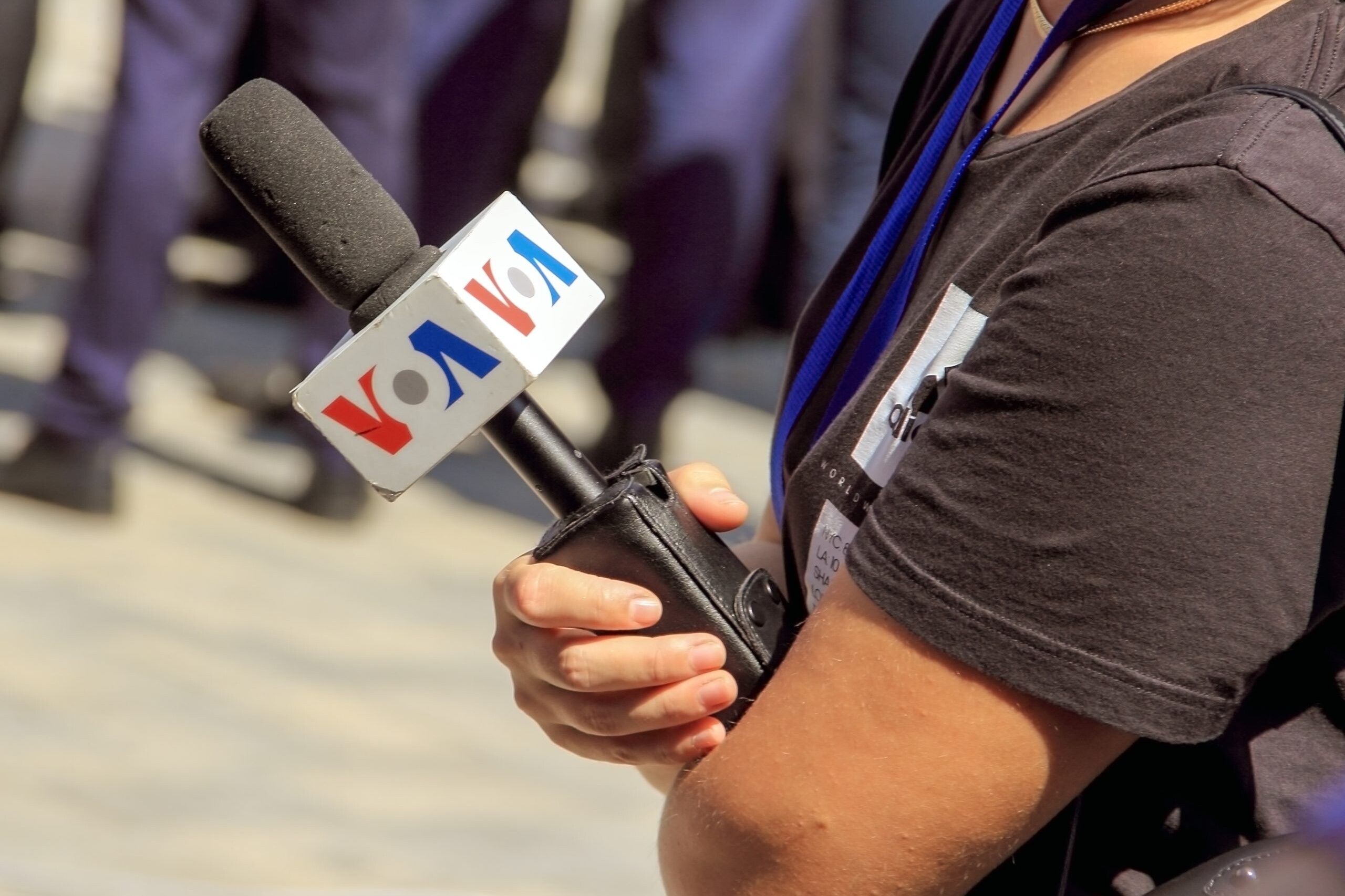A crunch vote for crucial US public media funding in Congress is just days away, and politicians are being urged to approve the $565 million bill. Also: Public Media strives to improve its diversity.
Funding
Unions representing over four million media professionals have urged the US Senate to pass a bill which would give US public media $565 million through the Corporation for Public Broadcasting (CPB). The Department for Professional Employees (DPE) sent the letter to the House and Senate Appropriations Committee leadership. The funding levels were approved by the U.S. House of Representatives in July 2021.
The DPE President, Jennifer Dorning, emphasised that the increased funding would support jobs and “help ensure that professionals working in the arts and public media can fully recover from the pandemic … CPB-funded programs help veterans heal from the invisible scars of war, inspire the next generation of creators and innovators, and deliver content that unites people across small towns and big cities.”
In just 2️⃣ weeks, Congress must pass public media funding.
As lawmakers draft the final bill, show your support for your stations now.
📧 Add your name to a letter → https://t.co/Tg1AxcKRRI
or
🖊️Customize your own message → https://t.co/BNOO6tHJ4o#StrengthenPublicMedia pic.twitter.com/mzQ2Qt7kH2— Protect My Public Media (@MyPublicMedia) February 2, 2022
Criticisms have often been made about the low level of funding that the US public media system receives in relation to its GDP. In a recent report by University of Pennsylvania research fellow Timothy Neff and professor Victor Pickard, it was found that the US is an “outlier” among countries with more consolidated democracies, given that its “world-leading GDP does not substantially trickle down to what remains a poorly funded public media system, and the country continues to decline in EIU’s democracy rankings.” The report revealed that the US currently spends $3.16 on public media per capita and ranks 25th in the Democracy Index, developed by The Economist’s Intelligence Unit (EIU). In comparison, Norway spends $110.73 on funding per capita, and ranks first.
The $565 million budget would mark a significant increase on its 2022 Operating Budget which was $465 million. 95 percent of the budget is passed onto local stations, with the remaining 5 percent kept to cover CPB’s administration.
The advocacy group, Protect my Public Media, has pursued a campaign calling on Congress to invest in station infrastructure. According to the group, station broadcast technology, such as towers and master control systems, allow 99% of American households to receive critical public services such as educational resources, national and local news, and public safety communications. Yet most stations are operating with outdated infrastructure. “Stations on tight budgets are often forced to choose between supporting station operations with the news, educational services and programming needed to serve local communities or diverting resources to replace outdated technology.”
Congress has until 18 February to agree on various annual spending bills that fund federal agencies for the fiscal year 2022, after President Joe Biden passed a bill in December to further extend government funding to avoid a government shutdown.
In other financial developments, Chicago Public Media (CPM) confirmed its acquisition of the Chicago Sun-Times newspaper after the public media station raised $61 million through philanthropic support to forge ahead with plans for investing in local journalism. In a press release, the CPM explained that the Sun-Times will become a non-profit publication as a subsidiary of CPM, creating “one of the largest non-profit news organisations in the country… Now under the banner of Chicago Public Media, WBEZ and the Chicago Sun-Times will reach more than 2 million people a week in the Chicago area across broadcast, print, and digital channels.” Most notably, the station emphasised that the WBEZ Chicago and Chicago Sun-Times “newsrooms will operate separately with their own editors and maintain their editorial independence.”
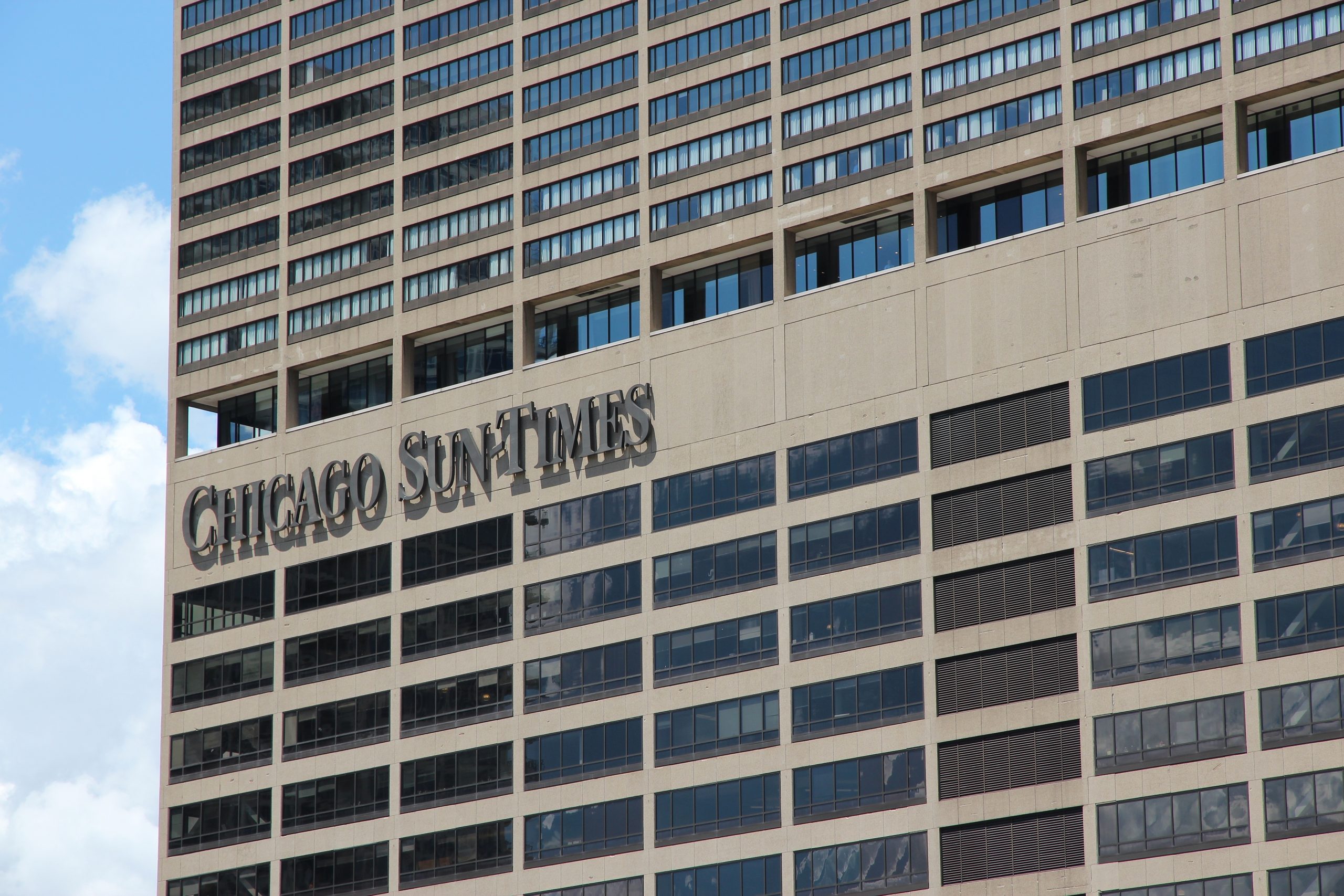
Despite the Chicago Sun-Times’ long history of success, the agreement comes after the paper experienced a long period of financial difficulties. This is amid the growing local journalism crisis in the US due to falling advertising revenue and digital subscriptions, magnified by the COVID-19 pandemic.
Diversity initiatives
As the diversity of the US population expands, so too must public media’s efforts to reflect and represent its growing multicultural society. Public media’s role in building social cohesion is even more important at a time when US society is so polarised. There have been concerted efforts made in past decades to improve the diversity of public media. But as one report has suggested, these still need to be strengthened and sustained to address shortcomings, and to live up to its original mission of producing diverse content and representing minority communities.
One core issue NPR faces is its retention of diverse talent. In 2021, 68% of NPR’s audience-facing journalists were white; 11% were Asian; 10% were Hispanic or Latino and 9% were Black/African American. But three out of four NPR hosts that quit in the last year were women of colour. “These resignations come as NPR leaders are making their most significant effort to change the racial and ethnic composition of the company”, wrote NPR Public Editor, Kelly McBride.
Some of the recent changes NPR has implemented include ensuring that all hiring committees are racially and ethnically diverse, and journalists are using a new tracking system that monitors the diversity of their sources. From her own research and observations, Ms McBride suggested that NPR’s leadership need to put more people of colour in reporting positions and “get more sophisticated with contract negotiations.”
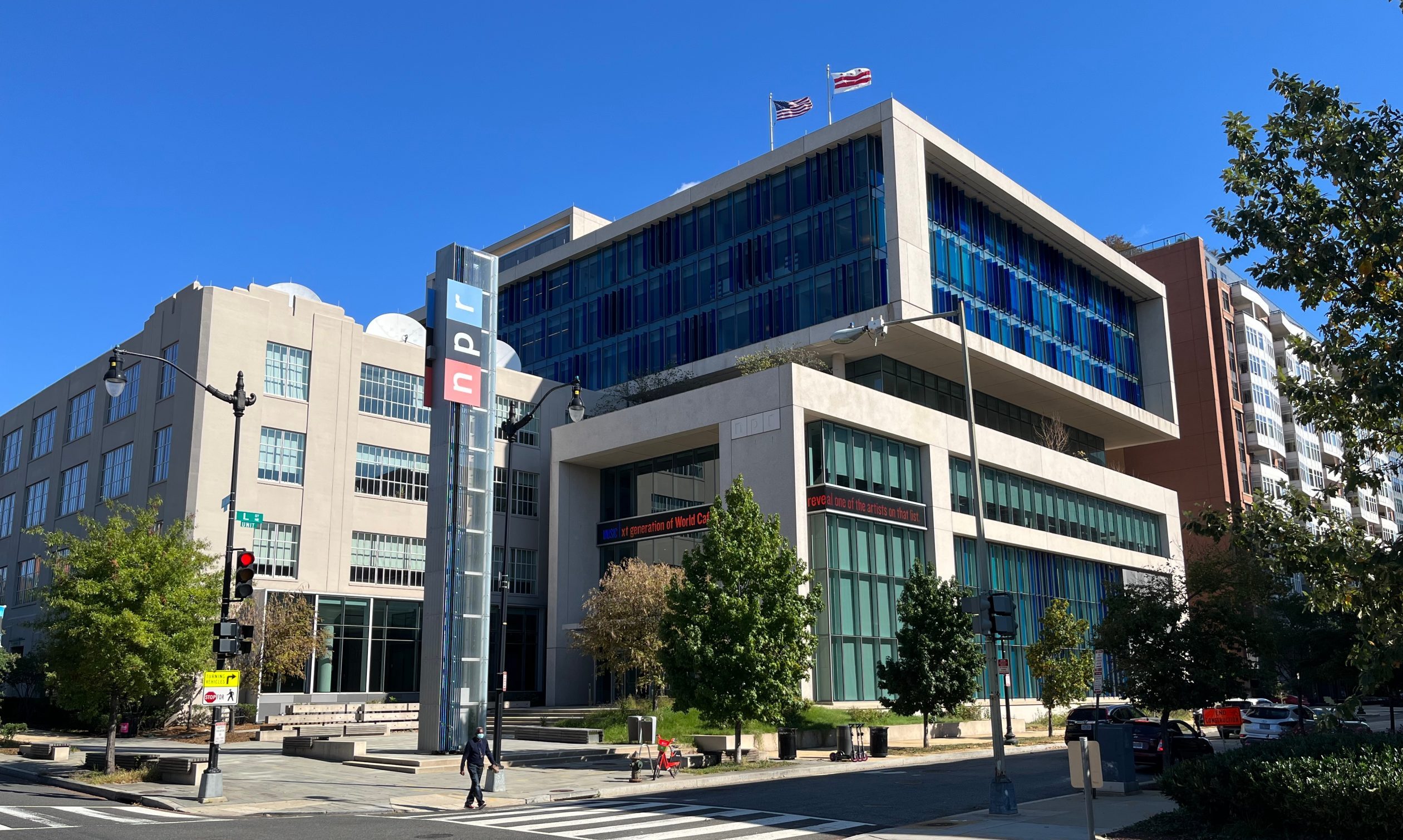
Other initiatives have been adopted to enhance the diversity of public media. Since its inception in 2016, more than 125 organisations in public media and like-minded organisations have joined the 50:50 project, an initiative created by the BBC to balance gender representation in content and across newsrooms. In the US, this includes New York Public Radio (NYPR), which piloted the project on several programmes and its classical station, WQXR. Brenda Williams-Butts, Vice-President of Recruitment, Diversity and Inclusion at NYPR, said that as a result, its programming has become “much more representative of our demographics…but we still have a long way to go.”
Read more: Maine Public addresses ‘new urgency’ with video newscasts created for immigrants(Current)
“With its national reach and local presence in communities across the country, public television is singularly positioned to effect change at scale”, wrote PBS. Last month, President and CEO, Paula Kerger, announced a new, long-term initiative designed to diversify public media and transform “public media’s producing ecosystem to include more diverse perspectives in key production roles.” Starting this year, the initiative includes a mentorship programme to help reduce barriers and increase access for diverse filmmakers within the public media system. It also offers a year-long executive fellowship programme that will support the career development of filmmakers and advancing producers and executives. PBS plans to work with an external consultant to evaluate the impact of these new initiatives.
Read more: Kids need to see themselves reflected in media. Here are some recommendations(Wisconsin Public Radio)
In other news
- NPR is enhancing state-wide collaborations via a new Network Handbook Working Group that will bring together journalists from member stations across the US to focus on issues concerning stations and develop a ‘standards and practices’ handbook.
- PBS Digital Studios has chosen member stations Houston Public Media (KUHT), Rocky Mountain PBS (RMPBS), and PBS North Carolina (PBS NC) as Regional ‘Digital Centers of Innovation’. According to TV Technology, “Each regional center will partner with up to three additional PBS stations to oversee the development of new digital series, focusing on diverse voices and stories.” The first shows will be published on social media platforms such as Facebook, TikTok, IGTV and YouTube later this year.
- Looking to the wider media landscape, CJR recorded another ‘record year’ for press freedom violations in the US, with 142 assaults against journalists documented in 2021. These included physical assaults, equipment damaged and/or arrests or detainment.
Header Image: Chicago Sun-Times building exterior. Sun-Times is the oldest continuously published newspaper in Chicago, dating back to 1844. Credit: Tupengato / Shutterstock.com
Related Posts
12th July 2021
Public media addresses hate crimes against Asian-Americans
From news coverage and educational…
16th April 2021
CPB Announces Distribution Plan for American Rescue Plan Act Funds
The Corporation for Public Broadcasting…
23rd June 2020
Fears for Voice of America’s editorial independence
Serious concerns have been raised about…
